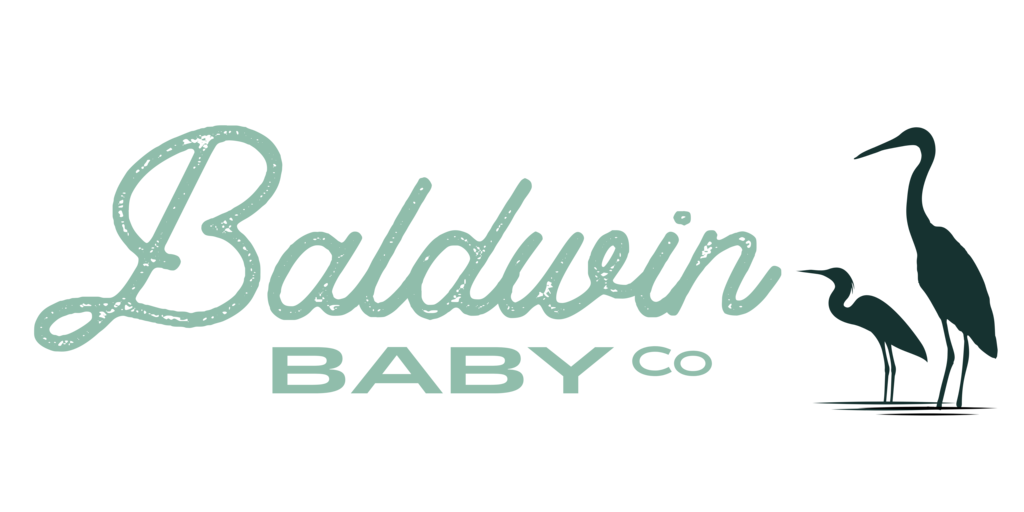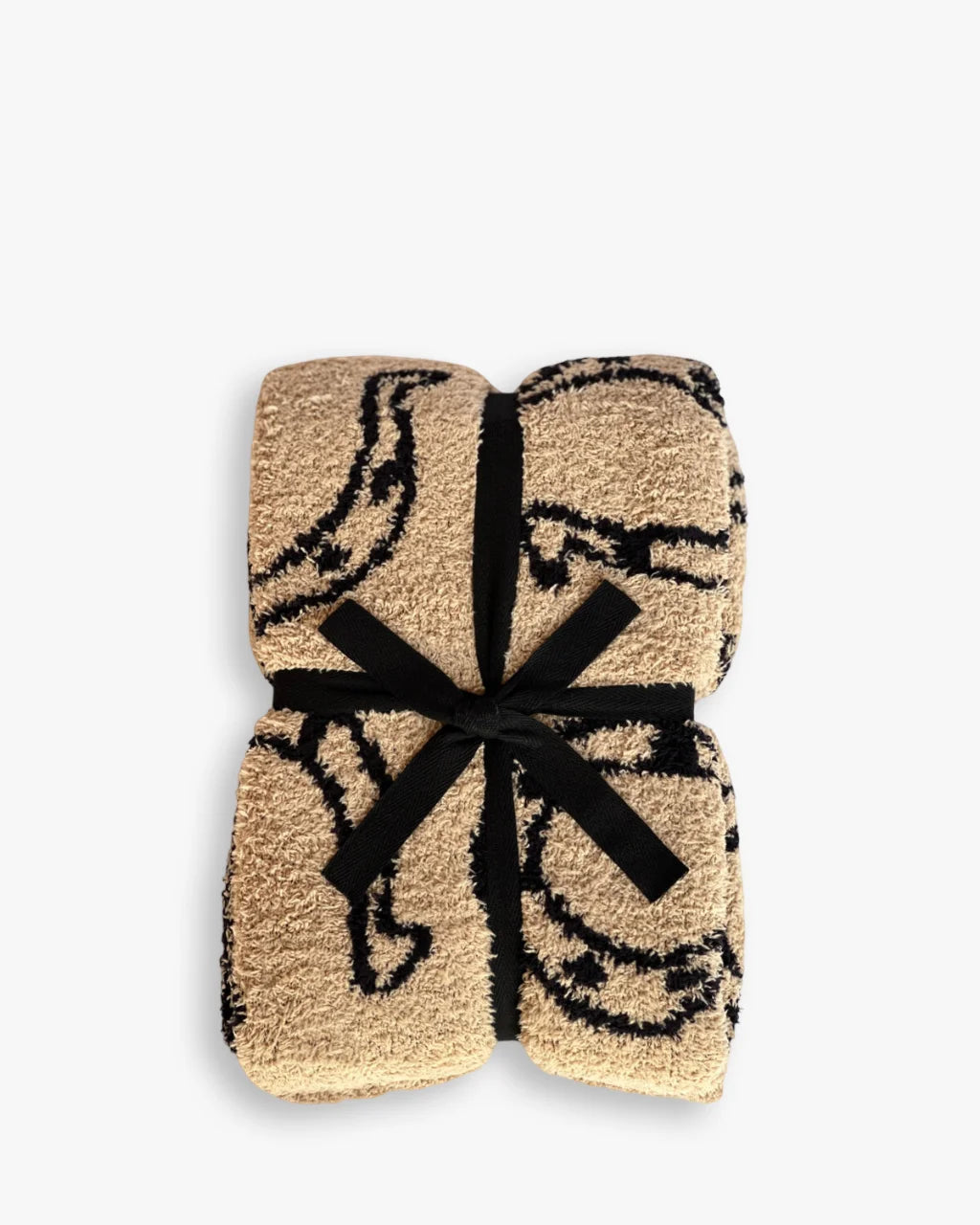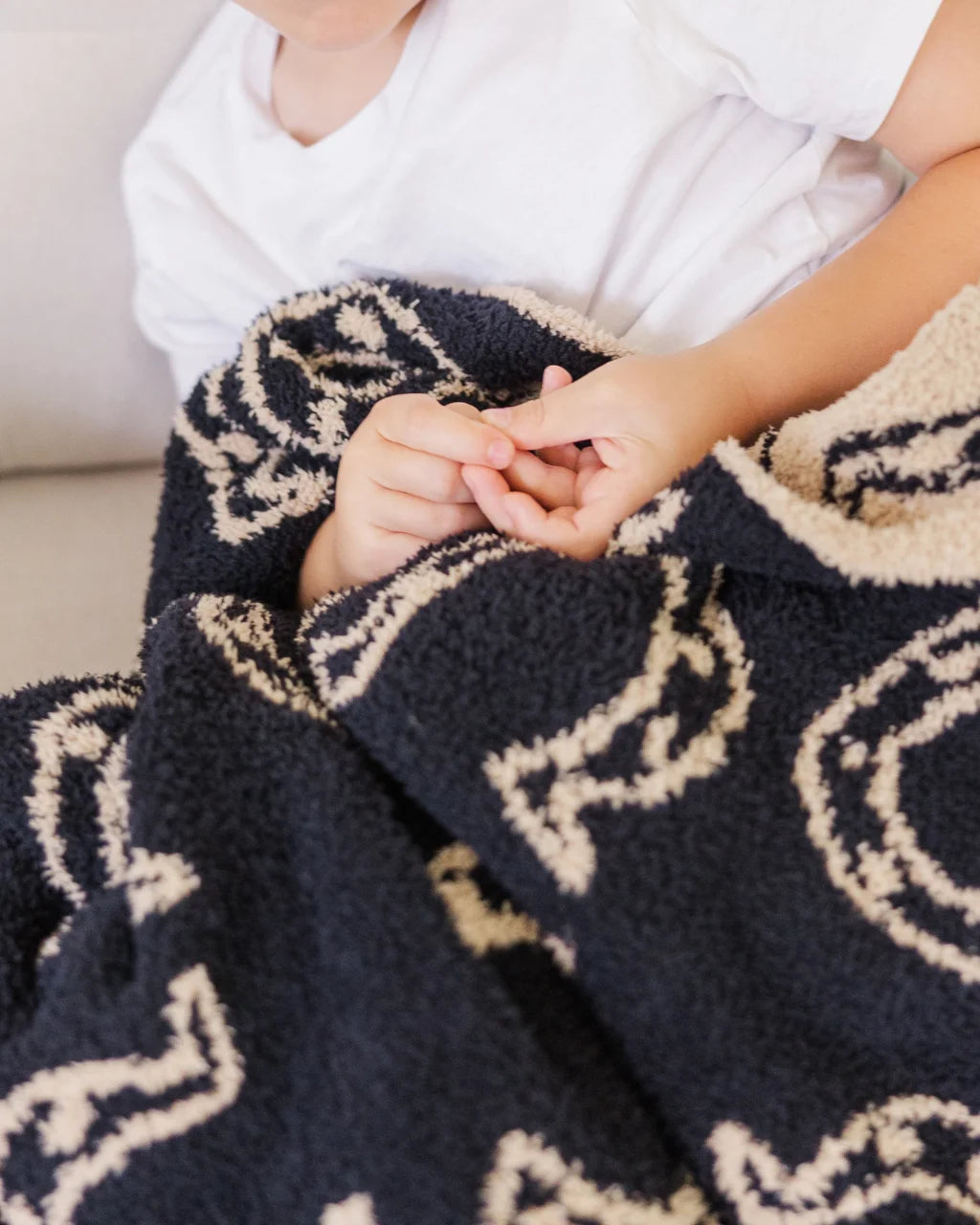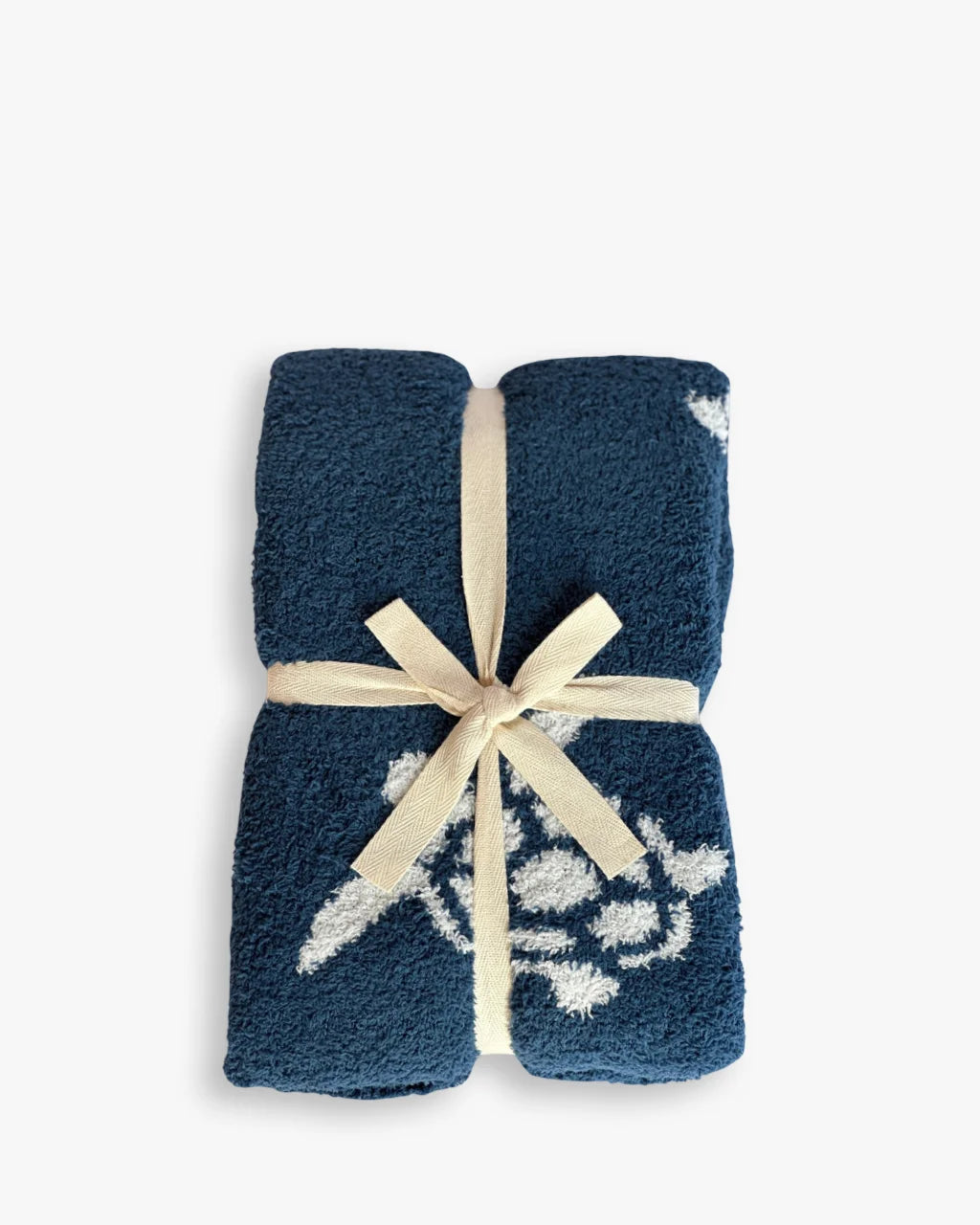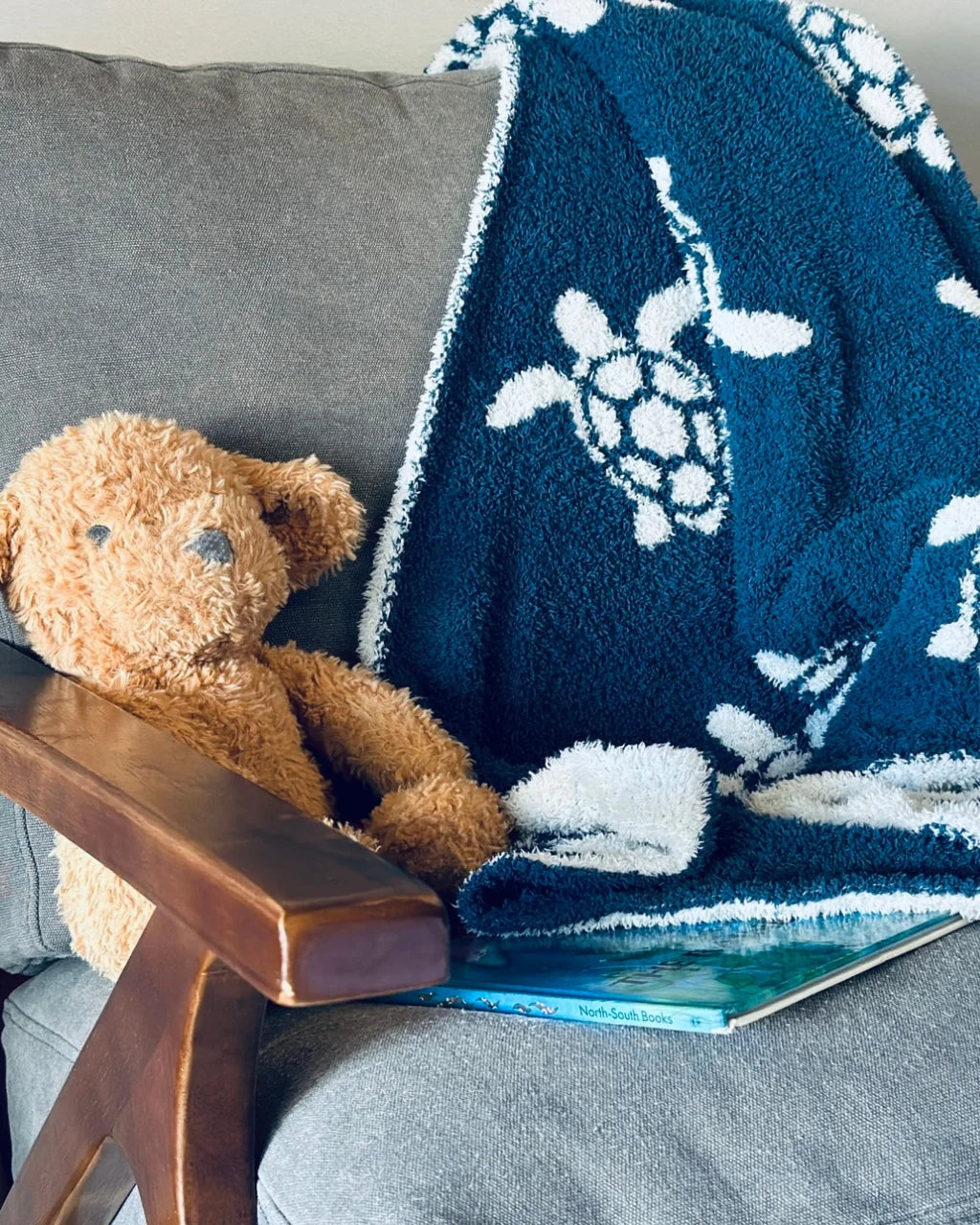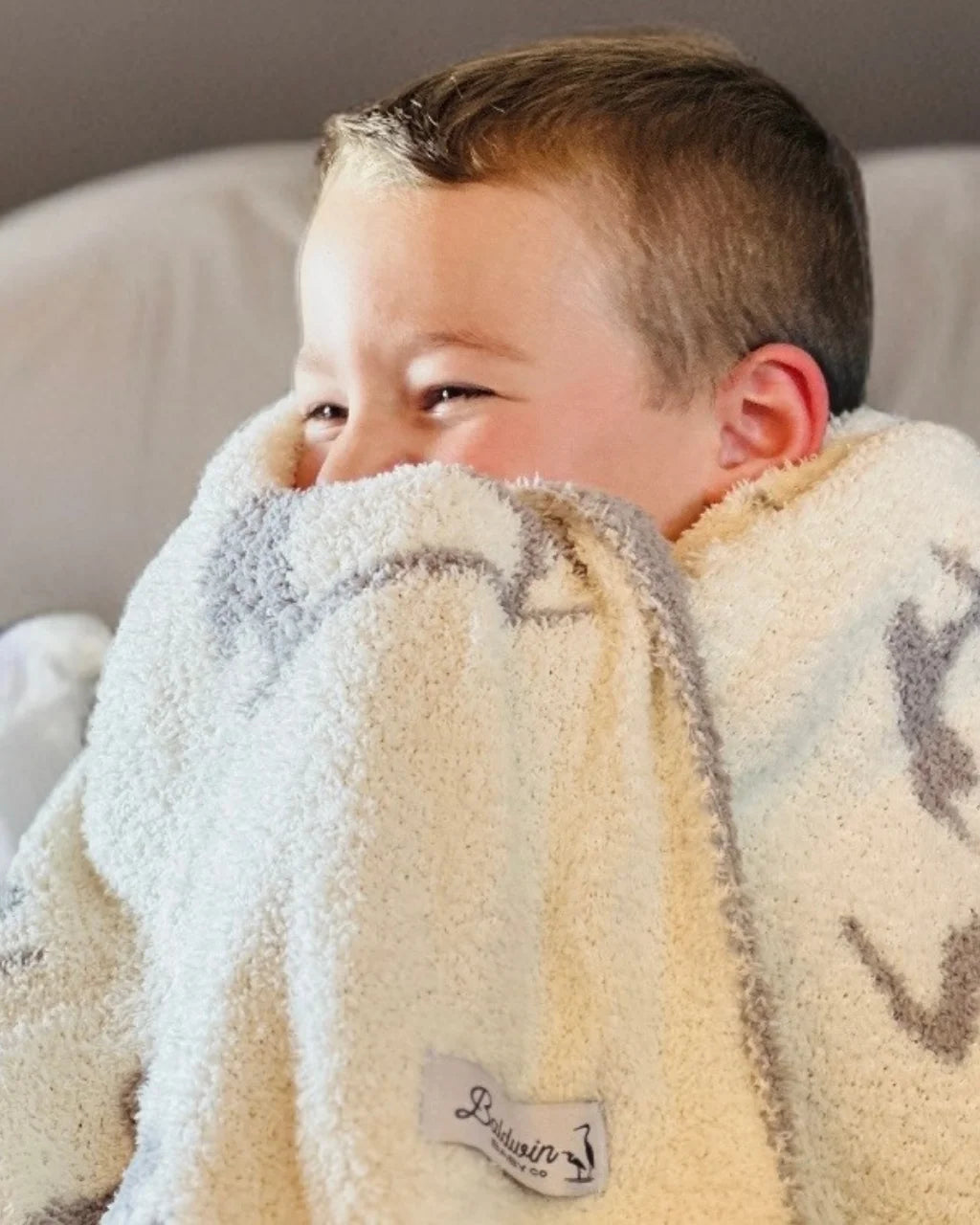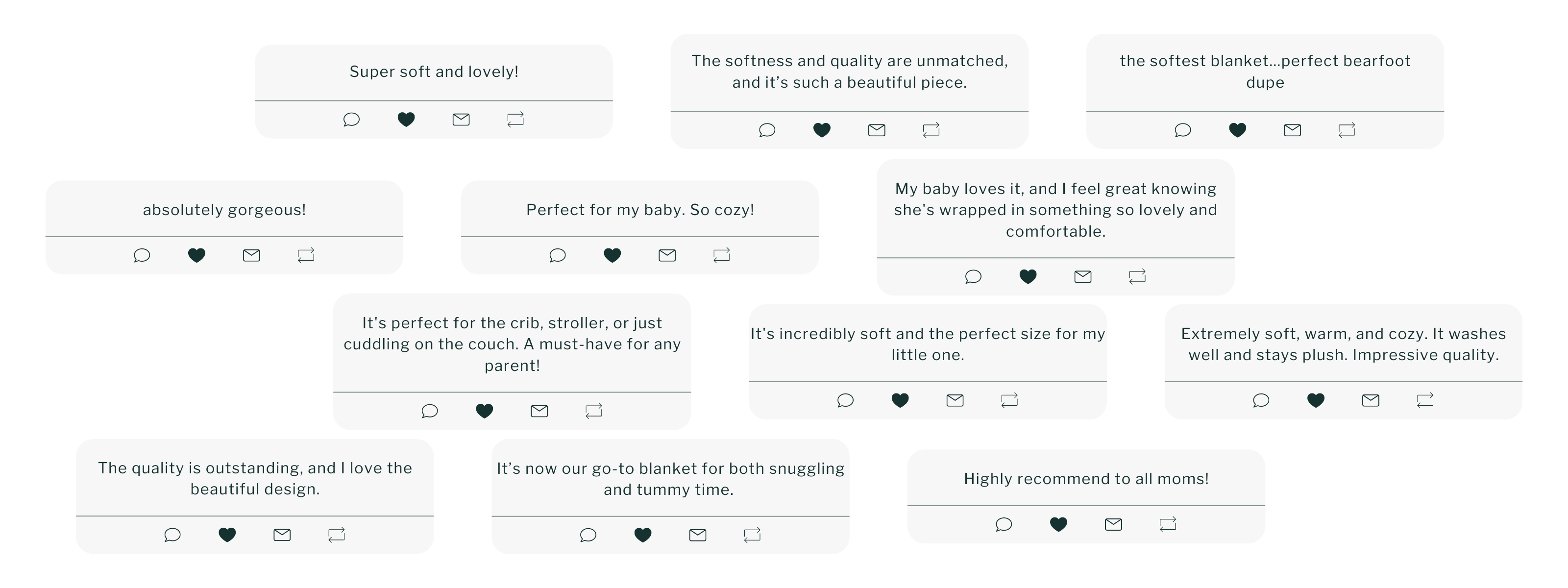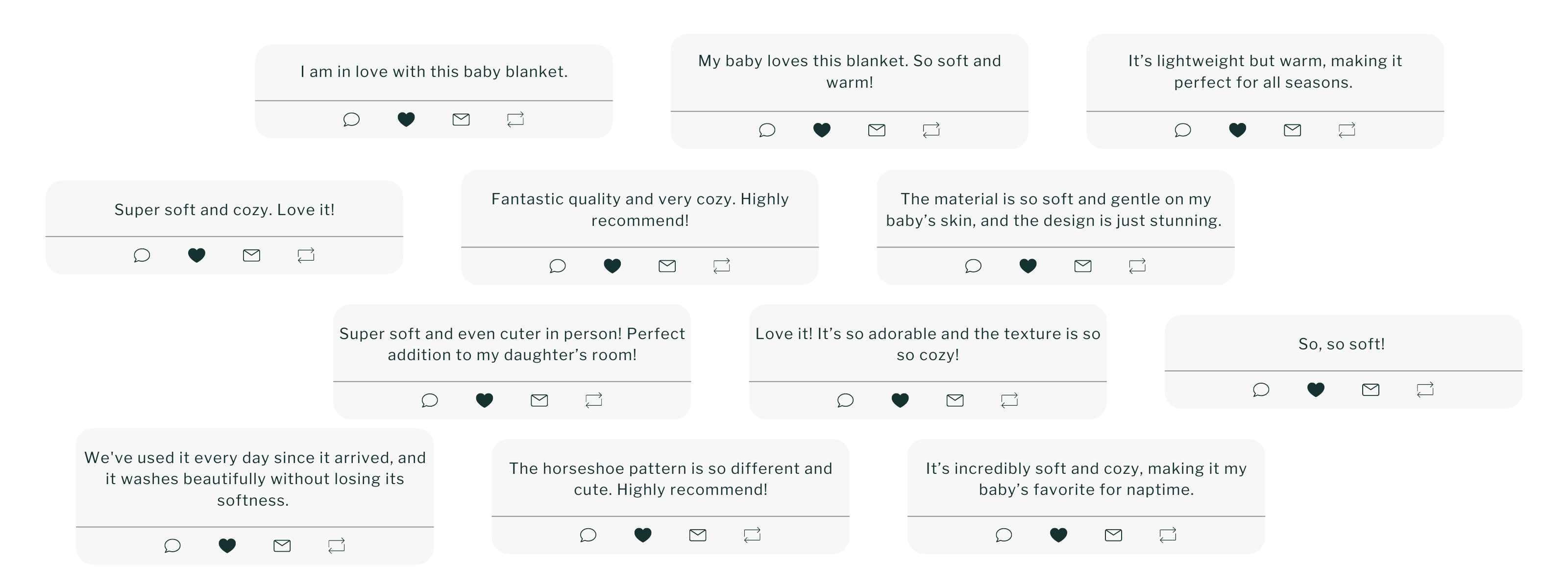Filters
Recently Viewed Products
Baby Blanket FAQs
Your little one deserves the best baby blankets, which is why we created our plush, soft blankets for babies. Wrap your little one in pure comfort and warmth. From receiving blanket to stroller blanket to security blanket, these baby blankets will soothe your little one through every stage.
Stroller blankets, receiving blankets, soft baby blankets or blankets just to block light, baby blankets are an essential piece of the fabric of childhood. Snuggle up with plush baby blankets designed to bring warmth and comfort to every coo.
There are a few things to consider when choosing which blanket is right for your baby.
Material
Are you having a winter baby or a summer baby? Determining what type of client your baby will born into will help you decide what type of baby blanket you need. If they’re going to be in the cold for their younger months, you may want to opt for a plush baby blanket that is super warm. If they’re in warmer climates during their first few months, you may want to choose lighter muslin baby blankets to keep them warm and covered without overheating.
Size
You’ll want your baby blanket to be big enough to cover them or wrap them up, but not so large that it’s too much fabric for you and your baby to handle. Baldwin Baby Co. blankets are 44” x 36” because we’ve found that’s the perfect size for our little ones to feel comfy and cozy without getting caught up in too much fabric.
Design
What type of design goes best with your baby aesthetic? Are you going more coastal or classic? Vintage or trendy? While your baby won’t mind either way, it’s nice to have pieces that all go together and only add to your vibe.
We recommend having at least two, so in case any messes happen, you’ll have a backup while your other blanket is being washed. As you may have seen in your own home with your blankets though, it’s tough to have too many blankets, as they come in handy everywhere. You could have a blanket for the stroller, nursery and play area. You can use them to lay your baby on during tummy time or roll practicing, and you can use them to wrap up and cuddle with you. For these reasons, we think three blankets is a good number to start with.
The best fabric for baby blankets depends on what you're looking for. Cotton is a popular choice because it's soft, breathable, and gentle on a baby's skin. Bamboo is another excellent option due to its natural hypoallergenic and moisture-wicking properties, making it ideal for babies with sensitive skin. Fleece is a great choice for colder climates as it provides extra warmth, though it’s less breathable than cotton or bamboo. Ultimately, the best fabric is one that balances comfort, safety, and practicality for your specific needs.
Choosing the right baby blanket for different seasons is all about selecting the appropriate fabric and thickness. In warmer months, opt for lightweight, breathable materials like cotton or bamboo to keep your baby cool and comfortable. For colder weather, thicker fabrics like fleece or knit blankets provide extra warmth. Consider layering lighter blankets in cooler weather so you can easily adjust your baby’s comfort. It’s also a good idea to have a versatile all-season blanket made from breathable yet warm materials, which can be used year-round.
Safety is paramount when it comes to newborn sleep. While baby blankets are cozy and comforting, it's important to follow safe sleep guidelines. The American Academy of Pediatrics recommends that soft bedding, including blankets, pillows, stuffed animals, be kept out of the crib for infants under 12 months to reduce the risk of Sudden Infant Death Syndrome (SIDS). Instead, consider using a swaddle or a sleep sack that provides warmth without the risk of covering your baby’s face. Once your baby is older and more mobile, a lightweight blanket can be introduced during sleep.
Swaddling can help soothe a baby and promote better sleep by mimicking the snug environment of the womb. To swaddle with a blanket, follow these steps:
- Lay the blanket flat and fold down one corner.
- Place your baby on their back with their head above the folded corner.
- Bring one side of the blanket across your baby’s body, tucking it snugly under their opposite arm.
- Fold the bottom of the blanket up over your baby’s feet.
- Finally, bring the other side of the blanket across your baby’s body, tucking it under their back.
Make sure the swaddle is snug but not too tight, allowing room for hip movement and preventing the blanket from coming loose.
Absolutely! Baby blankets are incredibly versatile. Beyond keeping your little one warm, they can be used as a play mat during tummy time, a nursing cover for privacy while feeding, a stroller cover to shield from the sun or wind, or even as a makeshift changing pad in a pinch. Some parents also use them as a soft surface for diaper changes or as a comfort object for their baby. With a little creativity, baby blankets can serve many purposes throughout the day.
There are several types of baby blankets, each serving a different purpose:
- Receiving Blankets: Typically lightweight and versatile, used for swaddling, burping, or as a cover.
- Swaddle Blankets: Designed specifically for swaddling, often with a bit of stretch to keep the baby secure.
- Crib Blankets: Larger blankets meant to cover a baby in a crib, though not recommended for use with newborns during sleep.
- Stroller Blankets: Sized to fit over a stroller, providing warmth during outings.
- Security Blankets: Small, often soft blankets that babies carry around for comfort.
- Knitted or Quilted Blankets: Heavier blankets that offer warmth and can be used during colder weather or as a play mat.
Each assortment of baby blankets has its unique use, making them valuable additions to your baby essentials.
